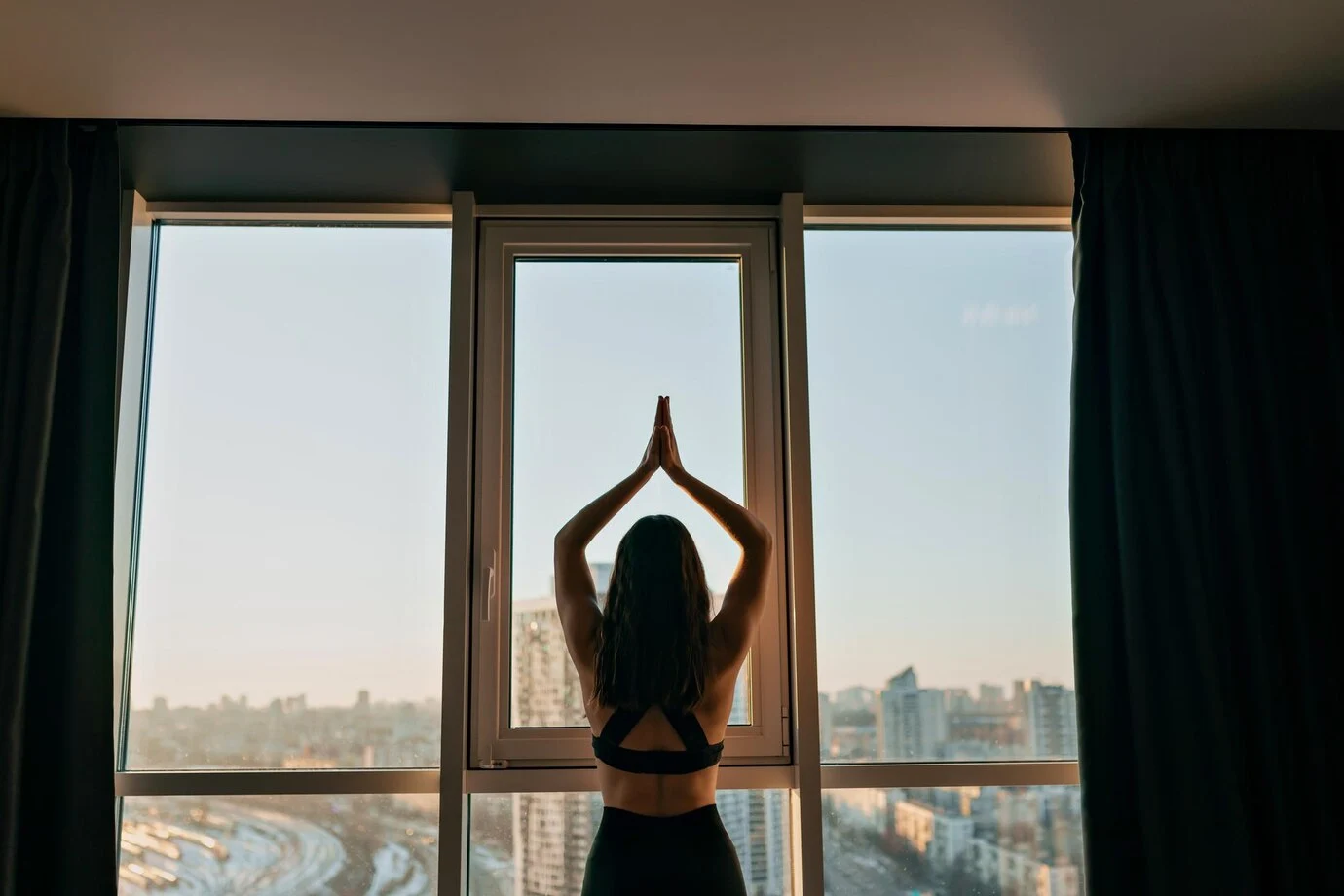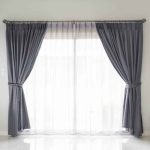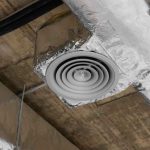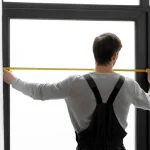Windows are more than just functional elements of your home—they are the gateways to natural light, fresh air, and stunning views. They shape the ambiance of your living space, influence your energy bills, and even impact your mood. Choosing the right windows is a decision that goes beyond aesthetics; it’s about creating a comfortable, energy-efficient, and inviting home.
In this guide, we’ll walk you through everything you need to know to choose the perfect windows for your home. From understanding the role of windows to exploring different types, materials, and energy performance ratings, we’ll help you make an informed decision that aligns with your needs and style.
Why Windows Matter More Than You Think
Windows are often overlooked, but they play a pivotal role in your home’s functionality and comfort. Matt Hoots from Southface puts it perfectly: “Windows are more than just openings in your walls; they’re portals to natural light, fresh air, and energy efficiency. Choosing the right windows can significantly impact your home’s comfort and sustainability.”
Natural Light: The Mood Booster
Natural light is a game-changer for any home. It creates a warm, inviting atmosphere and can even improve your mental well-being. I remember when we replaced the small, outdated windows in our living room with larger, energy-efficient ones. The transformation was incredible—the room felt brighter, more spacious, and instantly more welcoming.
Large windows or strategically placed skylights can flood your home with sunlight, reducing the need for artificial lighting during the day. This not only saves energy but also creates a connection to the outdoors, making your home feel more alive.
Ventilation: Breathing Life into Your Home
Windows are essential for proper ventilation. They allow fresh air to circulate, removing indoor pollutants and reducing humidity levels. In our kitchen, we installed awning windows above the sink. Not only do they let in a refreshing breeze, but they also keep rainwater out—perfect for those rainy days when you still want to air out the room.
Energy Efficiency: Saving Money and the Planet
Energy-efficient windows are a smart investment. According to Rick Lee, an energy consultant, “Windows play a critical role in a home’s energy efficiency. By selecting windows with high energy-performance ratings, you can significantly reduce heating and cooling costs while enjoying the benefits of natural light.”
When we upgraded to double-glazed windows, we noticed a significant drop in our energy bills. The windows kept the heat out during summer and the cold out during winter, making our home more comfortable year-round.
Types of Windows: Finding the Perfect Fit
Windows come in a variety of styles, each with its own unique benefits. Here’s a breakdown of the most popular types to help you decide which one suits your home best.
1. Single-Hung and Double-Hung Windows
Single-hung windows have a fixed upper sash and a movable lower sash, while double-hung windows feature two movable sashes. Double-hung windows are more versatile, allowing for better ventilation and easier cleaning.
We chose double-hung windows for our bedrooms because they’re easy to operate and provide excellent airflow. Plus, being able to tilt the sashes inward makes cleaning a breeze—no more precarious balancing acts on ladders!
2. Casement Windows
Casement windows are hinged on one side and open outward like a door. They offer unobstructed views and excellent ventilation, making them ideal for areas where you want to maximize airflow and natural light.
In our home office, we installed casement windows. They let in plenty of light and provide a clear view of the garden, which is a great source of inspiration during work hours.
3. Awning Windows
Awning windows are hinged at the top and open outward from the bottom. They’re perfect for letting in fresh air while keeping out rain, making them a great choice for bathrooms and kitchens.
4. Sliding Windows
Sliding windows have one or more movable panels that slide horizontally. They’re easy to operate and provide a wide view of the outside, making them ideal for spaces with limited vertical space.
5. Bay and Bow Windows
Bay and bow windows project outward from the home’s exterior, creating a small nook inside. They add architectural interest and provide a panoramic view, making them perfect for living rooms and dining areas.
When we added a bay window to our living room, it completely transformed the space. The extra natural light and the cozy nook it created became our favorite spot for family gatherings and reading sessions.
Materials Matter: Choosing the Right Frame
The material of your window frames plays a significant role in their durability, maintenance, and energy efficiency. Here’s a quick guide to the most common options:
1. Vinyl
Vinyl windows are affordable, energy-efficient, and low-maintenance. They resist moisture and don’t require painting, making them a popular choice for many homeowners.
2. Wood
Wood windows offer timeless beauty and excellent insulation properties. However, they require regular maintenance, such as painting or staining, to protect them from moisture and insects.
3. Aluminum
Aluminum windows are strong, lightweight, and low-maintenance. They’re ideal for modern homes with large window openings but are less energy-efficient than vinyl or wood.
4. Fiberglass
Fiberglass windows are durable, energy-efficient, and low-maintenance. They can be painted to match your home’s exterior and offer excellent insulation properties.
Energy Performance Ratings: What to Look For
Understanding energy performance ratings is crucial for selecting windows that will keep your home comfortable and energy-efficient. The National Fenestration Rating Council (NFRC) provides ratings based on several key factors:
- U-Factor: Measures how well a window prevents heat from escaping. Lower U-factors indicate better insulation.
- Solar Heat Gain Coefficient (SHGC): Measures how well a window blocks heat from the sun. Lower SHGC values are better for hot climates.
- Visible Transmittance (VT): Measures how much visible light passes through a window. Higher VT values mean more natural light.
- Air Leakage: Measures how much air passes through the window assembly. Lower values indicate better performance.
When we upgraded our windows, we paid close attention to these ratings. The result? A more comfortable home and lower energy bills.
Installation and Maintenance: Ensuring Long-Term Performance
Proper installation and maintenance are key to maximizing the benefits of your windows. Jennifer Ebert, a home improvement expert, advises, “Proper window installation is crucial for energy efficiency and preventing air leaks. Hiring a qualified contractor with experience in window installation is essential for a long-lasting and effective window system.”
Regular maintenance, such as cleaning and inspecting your windows for damage, is equally important. Lubricate hinges and tracks, replace worn weatherstripping, and repair any cracks or damage promptly.
Personal Anecdotes and Unique Insights
Choosing the perfect windows for our home was a journey filled with discoveries. One of the most memorable moments was when we installed a bay window in our living room. It not only transformed the space with abundant natural light but also created a cozy nook where we could sit and enjoy our morning coffee. It quickly became a favorite spot for family gatherings and reading sessions.
Another insight I gained was the importance of balancing aesthetics with functionality. While we loved the look of wood windows, we opted for vinyl in high-moisture areas like the bathroom to avoid maintenance headaches.
Expert Insights
Nitin Mehta, Director of ALCOI, emphasizes the importance of aesthetics and functionality: “Windows are the eyes of your home. They not only impact the aesthetics but also the functionality and energy efficiency of your space. Selecting the right windows is crucial for a comfortable and sustainable living environment.”
Cathy Hobbs, an interior designer, adds, “Windows are a key element in interior design. They can transform a room’s ambiance, offering stunning views, natural light, and ventilation. Choosing the right style and size is essential for creating a harmonious space.”
Conclusion
Choosing the perfect windows for your home is a decision that requires careful consideration. By understanding the role of windows, exploring different types and materials, and paying attention to energy performance ratings, you can make an informed choice that enhances your home’s comfort, aesthetics, and sustainability.
Whether you’re looking to reduce energy costs, improve natural light, or add architectural interest, the right windows can make a world of difference. As Matt Hoots from Southface said, “Windows are more than just openings in your walls; they’re portals to natural light, fresh air, and energy efficiency.”
So, let there be light—and let it shine through the perfect windows for your home.
Choosing the Perfect Windows: At a Glance
| Category | Options | Key Features | Best For |
|---|---|---|---|
| Types of Windows | Single-Hung | Fixed upper sash, movable lower sash | Budget-friendly options; simpler design |
| Double-Hung | Two movable sashes | Better ventilation; easier cleaning | |
| Casement | Hinged on one side; opens outward | Unobstructed views; excellent ventilation | |
| Awning | Hinged at the top; opens outward from the bottom | Ventilation in rainy weather; bathrooms and kitchens | |
| Sliding | Panels slide horizontally | Spaces with limited vertical space; easy operation | |
| Bay/Bow | Projects outward; creates a nook | Adding architectural interest; living rooms and dining areas | |
| Window Materials | Vinyl | Affordable, low-maintenance, energy-efficient | Budget-conscious homeowners; high-moisture areas |
| Wood | Natural beauty, excellent insulation | Traditional or historic homes; aesthetic appeal | |
| Aluminum | Strong, lightweight, low-maintenance | Modern homes; large window openings | |
| Fiberglass | Durable, energy-efficient, customizable | Long-term durability; energy efficiency | |
| Energy Performance | U-Factor | Measures heat loss (lower = better insulation) | Cold climates; reducing heating costs |
| Solar Heat Gain Coefficient (SHGC) | Measures heat blocked from the sun (lower = better for hot climates) | Hot climates; keeping homes cool | |
| Visible Transmittance (VT) | Measures natural light (higher = more light) | Maximizing natural light; brightening interiors | |
| Air Leakage | Measures drafts (lower = better sealing) | Improving energy efficiency; reducing drafts | |
| Installation & Maintenance | Professional Installation | Ensures proper sealing and insulation | Long-term performance; energy efficiency |
| Regular Maintenance | Cleaning, lubricating hinges, replacing weatherstripping | Extending window lifespan; preventing damage |
Quick Tips for Choosing Windows
- Natural Light: Opt for larger windows or skylights to maximize sunlight.
- Ventilation: Choose operable windows (e.g., casement or awning) for better airflow.
- Energy Efficiency: Look for NFRC ratings (U-factor, SHGC, VT, Air Leakage) to save on energy bills.
- Aesthetics: Match window styles and materials to your home’s architectural design.
- Budget: Balance upfront costs with long-term savings (e.g., energy-efficient windows pay off over time).










